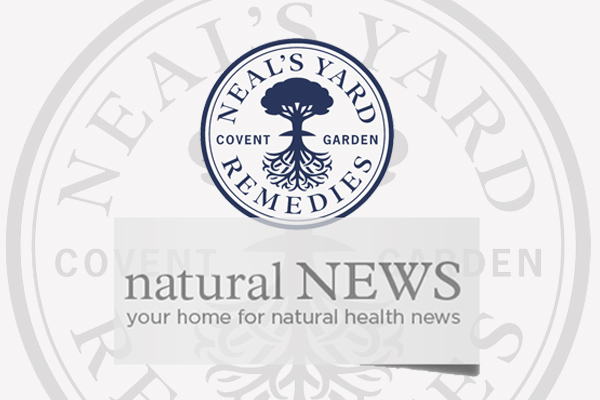Are We Too Soft on Plastics?

It is impossible to talk about health these days without talking about how our environment plays into many modern health problems.
As a consequence we spend a lot of time on ‘chemical watch’ – keeping abreast of studies and media reports on industrial chemicals that find their ways into our lives and our bodies.
In the news recently the issue of phthalates has raised its head. A lengthy recent article in the Guardian newspaper asks “How bad are they really?”
I’m tempted to ask “How little have you been paying attention?”
In the last decade we have become increasingly aware of the ubiquity of phthalates, which are used in soft plastics, but also as binders and fixatives in everyday products such as household cleaners and air fresheners. Phthalates for instance give lasting power to home fragrances and to perfumes by literally sticking them to you (or to surfaces). The widespread detection of phthalates is not just in the environment but in our bodies as well and even government reports show them to be highly toxic.
In particular phthalates are hormone disrupters and reproductive toxins.
This has led to legislation both here and in other countries to ban some of the worst phthalates in products intended for children such as bottles and pacifiers and toys.
Phthalates is a large class of chemicals and, amazingly given their widespread use, many types have yet to be tested for human safety.
Nevertheless, some have and in the US regulations state that certain phthalates are banned in toys: Toys must contain less than 0.1% of three phthalates, di-2-ethylhexyl phthalate (DEHP), di-butyl phthalate (DBP), benzyl butyl phthalate (BBP).
The situation is similar in the EU where DEHP, BBP, and DBP are restricted for all toys; diisononyl phthalate (DiNP), Diisodecyl phthalate (DIDP) and di-n-octyl phthalate (DnOP), are restricted only in toys that can be put in the mouth. The amount of phthalates may not be greater than 0.1% of the plasticised part of the toy.
However these same phthalates are allowed at any concentration in other types of EU products (such as school supplies) and other phthalates are not restricted. Indeed, surveys have shown that in spite of these bans phthalates, which continue to be used in other types of products, can linger in the air and dust in our homes and children become exposed to them via these routes.
Interestingly phthalates can get into our food through unexpected routes. When cows are milked, for example, the plastic tubes that take the milk from the cow to the container contain phthalates. Because phthalates are fat soluble, they cling to the fat in the milk and can end up as contaminants in our milk.
Among EU countries only Denmark has gone beyond EU rules and banned four phthalates – DEHP, DBP, BBP and di-isobutyl phthalate (DiBP) – completely.
How bad are they?
Recent research has shown a connection between phthalates found in cosmetics and plastics and the risk of developing diabetes among seniors. In another exposure to phthalates – those endocrine disrupting chemicals commonly found in personal care products such as moisturisers, nail polishes, soaps, hair sprays and perfumes – could increase the risk of diabetes in women.
They are also among the chemicals known to be ‘obesogens’ – substances that promote weight gain. Indeed a recent study found that more than 97% of the children had been exposed to monoethyl phthalate (MEP) and other low molecular-weight phthalates typically found in personal care products such as perfume, lotions, and cosmetics as well as varnishes, medical devices and drug and nutritional supplement coatings. The team also found an association between concentrations of these phthalates with obesity and overweight in children.
Other evidence shows that a new study suggests that exposure to phthalates is associated with reduced fertility and a poorer response to IVF treatment. Exposure to certain phthalates has also been linked to male genital birth defects and reduced fertility in adult men.
Still other evidence has linked phthalates to asthma, low IQ, attention-deficit hyperactivity disorder, breast cancer, neurodevelopmental issues, behavioural issues and autism spectrum disorders.
This information is very bad, and it’s not as if any of it is new. And yet every new study, every new story is treated as if it has come out of the blue. If we are ever to make progress on issues such as toxic chemicals then we need to take seriously, and see as a whole, the catalogue of data that already exists. Then – ignoring the continual whingeing of industry about how unfair it is – take more decisive action.
- This article first appeared in the NYR Natural News e-newsletter.












